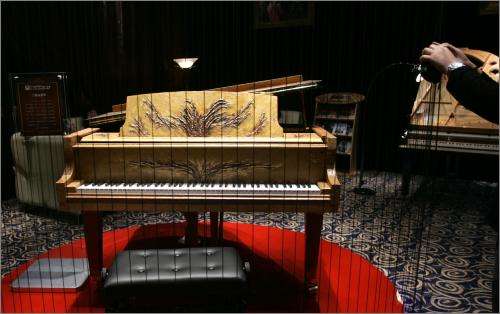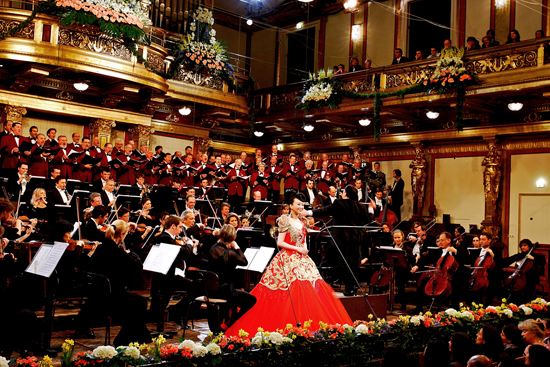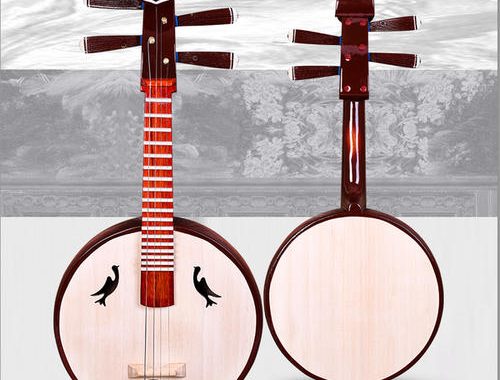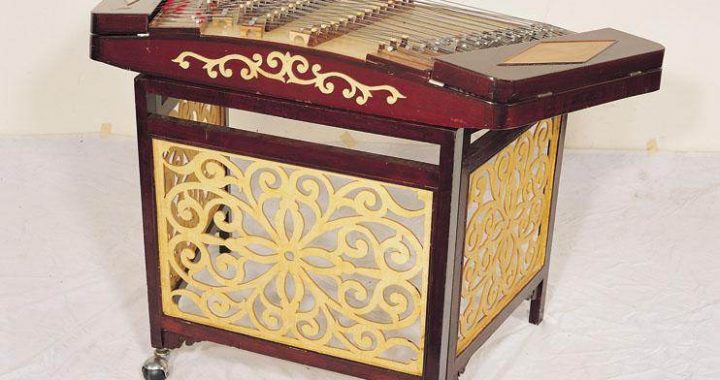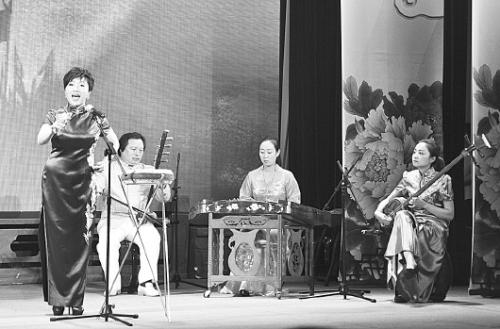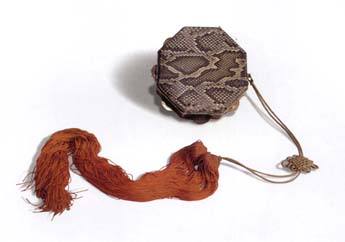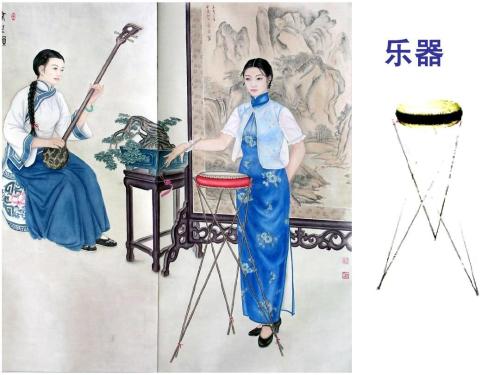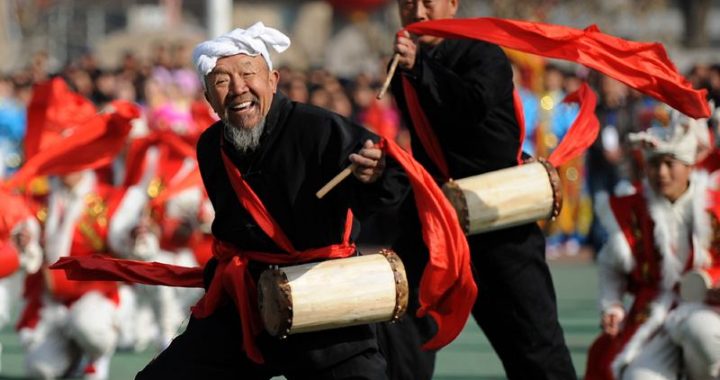The allure of Muqam: the instruments of song and dance entertainments
2 min readMuqam is a traditional song and dance entertainment of the Uighur ethnic group, popular throughout China’s Xinjiang region. Muqam first appeared in China during the 15th century AD, with traces also found in a number of Middle Eastern countries and regions. Muqam is a major category of classical music that combines song, dance, and instrumental music, performed by folk artists at traditional holidays and fes-tivals. The Muqam canon consists of twelve suites, so this genre is also referred to as the Twelve Muqams.
Muqam performances are generally exciting, upbeat, and infectious. Instrumental music is a major com-ponent of Muqam, commonly employing traditional ethnic instruments such as the aijieke fiddle, rewapu,and shougu (tambourine), as well as the sata’er, kalong, tanbu’er, and duta’er.
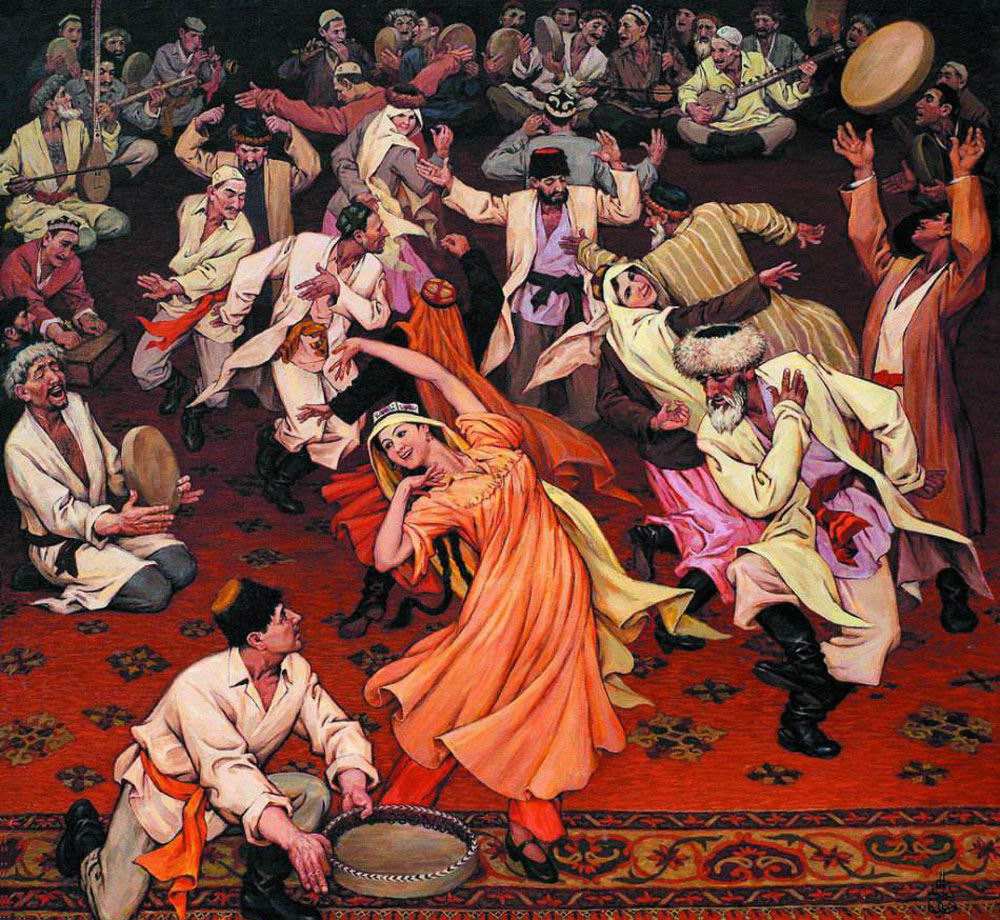
Muqam performance
The aijieke fiddle is a traditional bowed string instrument of the Uighur and Uzbek ethnic groups, popular primarily in the Xinjiang Uighur Autonomous Region. The four-string aijieke is an improved version of the three-string aijieke, developed during the 1950s. The four-string aijieke is approximately 64 centimeters long. It is made of wood, with an oval soundbox covered with hide and a long supporting peg attached to the base. The tone of this instrument is delicate and bright. When playing, the left hand produces a variety of glissandi, overtones, chords, and grace notes, while the right hand is used for various highly expressive bowing techniques. The alto and bass aijieke were developed during the 1960s. The aijieke often appears in traditional folk song and dance entertainments, as well as in Muqam performances.
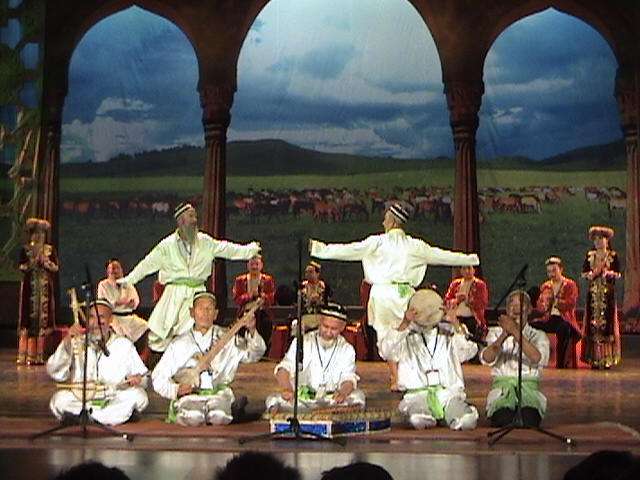
Rewapu
The rewapu is a plucked string instrument that also figures prominently in Muqam performances. It originated during the 14th century in the Kashi (Kashgar) area of today’s Xinjiang Uighur Autonomous Region. The traditional Kashi rewapu is about 130 centimeters long and made of wood. The neck has 28 frets, and the hemispheric soundbox is made of a single piece of mulberry wood covered with hide. Both the neck and soundbox are decorated with bone or shell inlay. The rewapu has one primary string and four to six resonating strings. It has a range of two octaves, and may be used as a solo, ensemble, or accompany-ing instrument. An improved version of the rewapu was developed during the 19 50s. The rewapu is played horizontally in front of the chest, with the left hand holding the neck and fretting the strings. The sound-box is supported on the right wrist and the strings are plucked with a pick held in the right hand.
